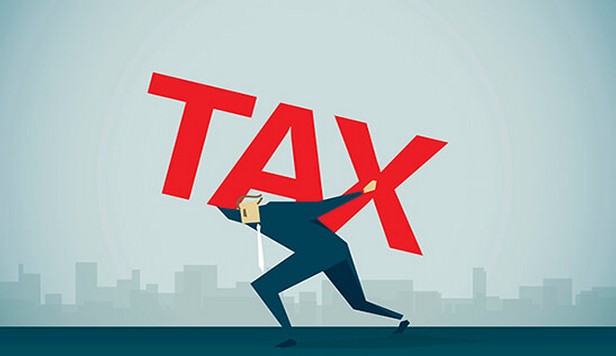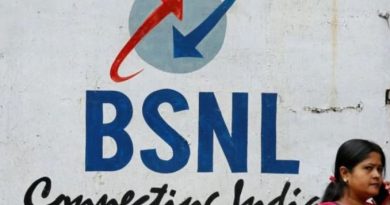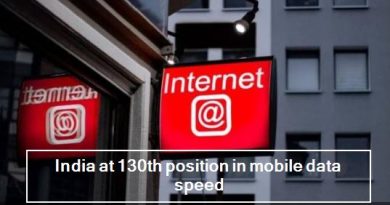Expert Advice: Do not take any decision in haste for tax saving, beware of these 4 mistakes…
In our hurry to save tax, we make many such mistakes, which become harmful for our economic future in the long term. Tax avoidance should not be the only major reason for any investment. Rather, you should always keep your tax planning process in sync with your long-term economic goals. Naveen Kukreja, CEO & Co-Founder Paisabazaar.com is telling you some similar mistakes in this article which should be avoided.
Keep these things in mind …
- Attempts to make capital do not matter: As a general rule, you should compare their returns, liquidity and risk parameters in different investment options like ELSS, PPF, NPS etc. rather than just looking at their tax benefits. By doing this you will be able to fulfill your dual purpose of capital formation along with tax savings. It will also help to meet long-term goals on time, such as raising retirement capital and raising money for children’s higher education.
- Limiting tax saving portfolio to traditional investment instruments: Often people avoid investing in market related investment instruments to avoid risk. Even though instruments like ELSS give higher returns than PPF, Tax Saver FD, NSC etc., old-fashioned investors keep a distance from it. In addition to the tax benefit on ELSS under section 80C, these options offer higher inflation rate over the long term. Not only this, you also get significantly higher return on investment in ELSS than its equivalent other options. This option has the lowest lock-in period of three years for investment, Which also provide the highest liquidity in your investment portfolio. ELSS are equity-focused funds and equity investment products have consistently outperformed other investment options by a large margin, along with inflation. In such a situation, it would be prudent to continue investing in ELSS even after the lock-in period ends. As far as tax is concerned, the investment on ELSS in a financial year is Rs. Benefits up to 1 lakh are tax free. Only after this limit, long-term capital gains tax is imposed.
- Having a habit of tax planning at the end of the year: Another major mistake of taxpayers is to always seek investment options to save tax at the end of the year. There may be some wrong decisions in the midst of this rush of tax planning at the last minute, which will make you more likely to choose the investment option that gives low returns. At the last minute, you can either miss submitting your investment proof on time or there may be a delay in acceptance of payment, which will make the person paying the tax not really getting tax benefits. At the same time, by making a lump sum investment in the last quarter of the financial year, you will miss the opportunity to earn full year returns in your chosen tax-saving investment product. Therefore, it is advisable to plan tax savings at the beginning of the financial year itself. Because this will allow you to invest in tax saving products at the right time and will also get double benefit of getting year-round returns and saving tax.
- Merging investment and insurance: Taxpayers often make the mistake of combining insurance and investment together. Such people want to invest in endowment, money back policy or ULIP. Such products neither give you adequate insurance cover nor earn better returns. Also, they have a lock in period of 5 years. At the same time, products like pension plans are in lock-in till your retirement age. Therefore, it is better to keep insurance and investment separate while planning tax savings. The main objective of buying a life insurance policy should always be to ensure alternative income for your family in case of your untimely death. For this, term insurance is the best insurance product because it covers you 10-15 times of your annual income at a very low premium. At the same time, mutual funds are the most suitable means to raise capital for your long-term goals. In these you will find a wide variety of products for people with different risk potential, with a higher probability of getting higher returns than other options. In addition, ELSS funds have the lowest lock-in period of three years as compared to all tax saving investment products covered under section 80C.




